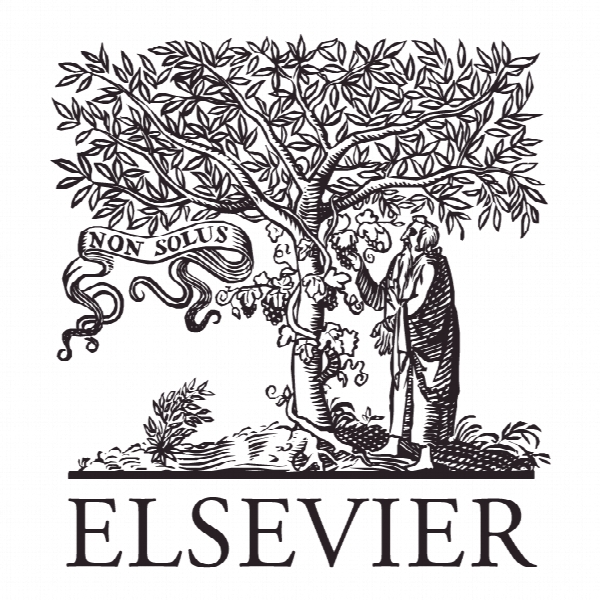موفقیت مشارکت اجتماعی میان بخشی: دیدگاه فرایندی بر نقش عوامل رابطه ای Cross-sector social partnership success: A process perspective on the role of relational factors
- نوع فایل : کتاب
- زبان : انگلیسی
- ناشر : Elsevier
- چاپ و سال / کشور: 2017
توضیحات
رشته های مرتبط مدیریت
مجله مدیریت اروپایی – European Management Journal
دانشگاه اکسترمادورا، اسپانیا
نشریه نشریه الزویر
مجله مدیریت اروپایی – European Management Journal
دانشگاه اکسترمادورا، اسپانیا
نشریه نشریه الزویر
Description
1. Introduction BusinesseNon-profit organisation (BUSeNPO) collaborations, a type of cross-sector social partnership (Selsky & Parker, 2005), have become widely adopted by both sectors as mechanisms of working together (Berger, Cunningham, & Drumwright, 2004; Jamali & Keshishian, 2009) in addressing complex social issues that extend beyond organisational boundaries (Seitanidi, 2008). BUSeNPO collaborations are now employed internationally by business as a prominent way to implement corporate social responsibility (Seitanidi & Crane, 2009), as is evident in the proliferation of relevant research. While in 2000, only a couple of papers had been available per year (Crane & Seitanidi, 2014), recently there have been over 90 publications annually with a focus on social partnerships (ARSP, 2015, pp. 25e29). Despite their ‘explosive growth’ (Austin, 2014, p. xxvii), many factors make developing and sustaining cross-sector collaborations a complex process. These factors include the diverse organisational cultures and mindsets associated with each societal sector (Dahan, Doh, Oetzel, & Yaziji, 2010; Jamali & Keshishian, 2009; Kolk, Van Dolen, & Vock, 2010). Hence, despite their widely accepted value potential (Austin & Seitanidi, 2014), a large proportion of these partnerships are unsuccessful (Galaskiewicz & Colman, 2006; Gutierrez, Schmutzler, M arquez, & Reficco, 2012), a trend already evident in business-to-business (B2B) alliances, i.e. same-sector alliances (Sherman, 1992). Difficulties associated with developing in-depth understanding of partnership success include the highly contextualised nature of partnerships and the relational complexity due to the multiple factors affecting partnership relationships over long periods of time. Hence, any attribution of causeeeffect relationships in the context of BUSeNPO partnerships has remained elusive (Van Tulder, Seitanidi, Crane, & Brammer, 2015). The above challenges have influenced the methods employed thus far by researchers in the field, with the majority of empirical evidence deriving from qualitative studies favouring case study research. This paper responds to calls for theory development in cross-sector collaboration research (Austin & Seitanidi, 2012; Branzei & Le Ber, 2014; Kourula & Laasonen, 2010; Murphy, Arenas, & Batista, 2015; Selsky & Parker, 2005) and the need for generalisable findings. It contributes to the recently developed body of quantitative studies based on large cross-sector-specific samples that measure the factors influencing the efficient development and delivery of partnership outcomes (Murphy et al., 2015; Sanzo, Alvarez, Rey, & García, 2015; Venn, 2012). Specifically, this research draws onboth qualitative and quantitative research that has considered the relational factors appropriate for studying partnership success (Austin & Seitanidi, 2012; Austin, 2000; Berger et al., 2004; Jamali & Keshishian, 2009; Le Ber & Branzei, 2010; Jamali, Yianni, & Abdallah, 2011; Murphy & Arenas, 2010; Sanzo et al., 2015; Wymer & Samu, 2003). As resource-intensive and long-term relationships (Austin, 2000; Seitanidi, 2010), cross-sector partnerships require considerable attention to anticipate and understand the partner’s actions (Krishnan, Martin, & Noorderhaven, 2006) to maximise the potential of success. In particular, when partners have the potential of furthering their own interests at the expense of the other partners, it becomes imperative not only to anticipate such behaviour (Khanna, Gulati, & Nohria, 1998; Park & Ungson, 2001) but also to consider its contribution to the relationship’s success (Graf & Rothlauf, 2012). Concerns about behavioural uncertainty have been addressed in the literature by focusing on relational factors including trust and commitment (Krishnan et al., 2006; Lancastre & Lages, 2006; MacMillan, Money, Money, & Downing, 2005; Morgan & Hunt, 1994; Wittmann, Hunt, & Arnett, 2009; Wu, Weng, & Huang, 2012) as the two key mediating factors that predict the attainment of partnership success (Arenas & García, 2006; Hunt, Lambe, & Wittmann, 2002; Kauser & Shaw, 2004; Palmatier, Dant, & Grewal, 2007).


